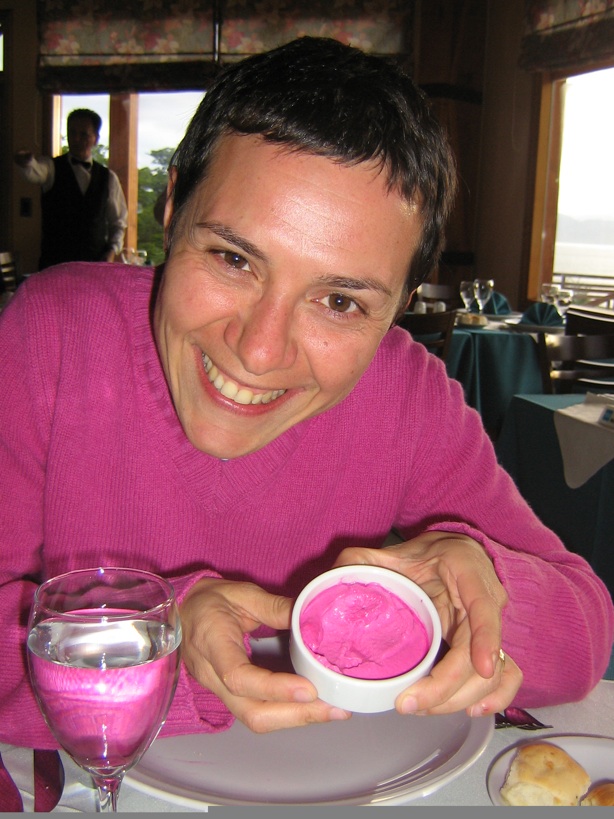 |
Claudia MENOZZI
Personale tecnico amministrativo
Dipartimento di Scienze Fisiche, Informatiche e Matematiche sede ex-Fisica
|
Home |
Pubblicazioni
2021
- Green Fabrication of (6,5)Carbon Nanotube/Protein Transistor Endowed with Specific Recognition
[Articolo su rivista]
Berto, M.; Di Giosia, M.; Giordani, M.; Sensi, M.; Valle, F.; Alessandrini, A.; Menozzi, C.; Cantelli, A.; Gazzadi, G. C.; Zerbetto, F.; Calvaresi, M.; Biscarini, F.; Bortolotti, C. A.
abstract
A general single-step approach is introduced for the green fabrication of hybrid biosensors from water dispersion. The resulting device integrates the semiconducting properties of a carbon nanotube (CNT) and the functionality of a protein. In the initial aqueous phase, the protein (viz., lysozyme [LZ]) disperses the (6,5)CNT. Drop-casting of the dispersion on a test pattern (a silicon wafer with interdigitated Au source and drain electrodes) yields a fully operating, robust, electrolyte-gated transistor (EGT) in one step. The EGT response to biorecognition is then assessed using the LZ inhibitor N-acetyl glucosamine trisaccharide. Analysis of the output signal allows one to extract a protein-substrate binding constant in line with values reported for the free (without CNT) system. The methodology is robust, easy to optimize, redirectable toward different targets and sets the grounds for a new class of CNT-protein biosensors that overcome many limitations of the technology of fabrication of CNT biosensors.
2017
- Realization of electron vortices with large orbital angular momentum using miniature holograms fabricated by electron beam lithography
[Articolo su rivista]
Mafakheribashmagh, Erfan; Tavabi, A. H.; Lu, P. H.; Balboni, R.; Venturi, Federico; Menozzi, Claudia; Gazzadi, G. C.; Frabboni, Stefano; Sit, A.; Dunin Borkowski, R. E.; Karimi, E.; Grillo, V.
abstract
Free electron beams that carry high values of orbital angular momentum (OAM) possess large magnetic moments along the propagation direction. This makes them an ideal probe for measuring the electronic and magnetic properties of materials, as well as for fundamental experiments in magnetism. However, their generation requires the use of complex diffractive elements, which usually take the form of nano-fabricated holograms. Here, we show how the limitations of the current fabrication of such holograms can be overcome by using electron beam lithography. We demonstrate experimentally the realization of an electron vortex beam with the largest OAM value that has yet been reported to the first diffraction order (L = 1000 ℏ), paving the way for even more demanding demonstrations and applications of electron beam shaping.
2010
- Hydrophobic effect of surface patterning on Si surface
[Articolo su rivista]
Marchetto, Diego; Rota, Alberto; L., Calabri; Gazzadi, gian carlo; Menozzi, Claudia; Valeri, Sergio
abstract
Adhesion and friction force between flat Si tip and nano-patterned Si surface have been investigated byatomic force microscopy (AFM) in air and high vacuum conditions (10−5 Torr) at room temperature (RT) and at 180 ◦C. The pattern consists of parallel grooves realized on a Si(0 0 1) single crystal by focused ion beam (FIB) milling. The FIB technique was also used to modify a commercial AFM Si probe in order to obtain a flat tip, suitable for tribological characterization of patterned surfaces, since it presents an extended contact area. In high vacuum the coefficient of friction (CoF) on the pristine surface is about 64% lower than in ambient condition, related to the presence of a water meniscus. The situation is completely different on the patterned surface where CoF does not change appreciably in the different analyzed conditions. The adhesive force related to the presence of a water layer is lower on the patterned surface with respect to the pristine surface. These findings suggest that patterning induces a hydrophobic character to the Si surface. © 2009 Elsevier B.V. All rights reserved.